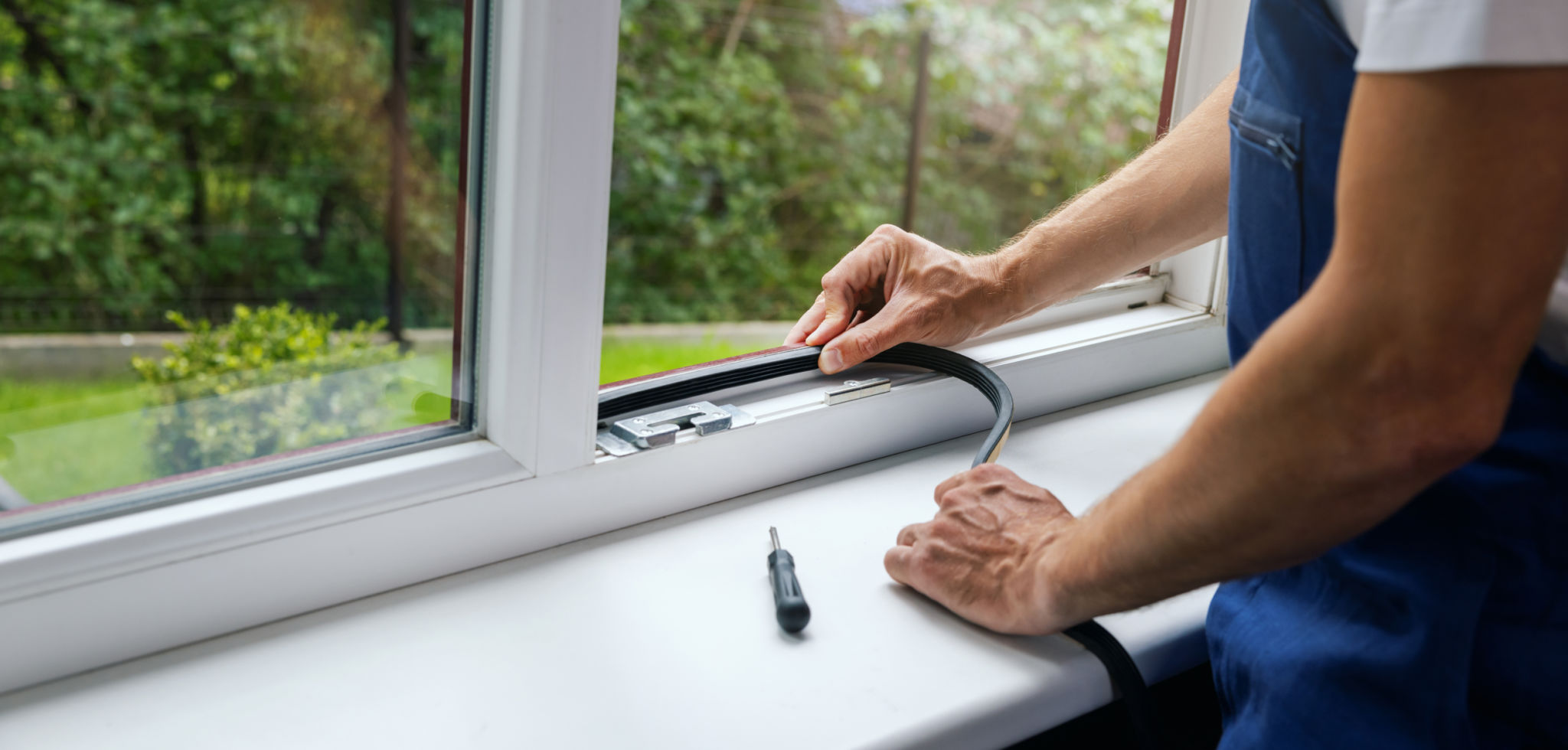How Blower Door Air Tightness Testing Can Improve Your Home's Energy Efficiency
Understanding Blower Door Air Tightness Testing
When it comes to improving your home's energy efficiency, one of the most effective methods is conducting a blower door air tightness test. This test helps identify air leaks within your home, which can lead to significant energy loss. By addressing these leaks, you can enhance your home's energy efficiency, reduce utility bills, and increase comfort.
A blower door test involves mounting a powerful fan into an exterior door frame. The fan pulls air out of the house, lowering the air pressure inside. Higher outside air pressure then flows in through all unsealed cracks and openings, allowing for the identification of leaks. This method is both practical and precise, helping homeowners pinpoint areas that need attention.

The Benefits of Air Tightness Testing
Conducting a blower door air tightness test offers several benefits. First, it helps in significantly reducing energy costs. By sealing identified leaks, less conditioned air escapes, meaning your heating and cooling systems work more efficiently. This leads to lower energy consumption and reduced utility bills.
Moreover, a more airtight home contributes to improved indoor air quality. By sealing leaks, you prevent pollutants and allergens from entering your living space, creating a healthier environment for you and your family. Additionally, an airtight home offers better temperature regulation and improved comfort levels year-round.

Identifying Problem Areas
During a blower door test, technicians can identify several common problem areas that contribute to energy loss. These include:
- Gaps around windows and doors
- Cracks in walls or ceilings
- Poorly sealed ductwork
- Openings around plumbing and electrical fixtures
Addressing these areas can make a substantial difference in your home's overall energy efficiency.
Steps to Take After Testing
Once the blower door test is complete and leaks are identified, the next step is to seal these areas effectively. Common solutions include using weatherstripping for doors and windows, caulking cracks and gaps, and insulating or sealing ductwork. These measures can drastically reduce air infiltration and improve energy retention.

It might also be beneficial to consult with a professional to ensure all problem areas are thoroughly addressed. Professionals can provide insights into the most effective sealing techniques and materials to use for your specific home needs.
Maintaining Energy Efficiency
After sealing leaks, maintaining your newly improved energy efficiency requires ongoing attention. Regularly inspect areas prone to wear and tear, such as window seals and door sweeps. Additionally, consider scheduling periodic blower door tests to ensure that new leaks have not developed over time.
Adopting these proactive measures helps sustain the benefits of an airtight home, ensuring that you continue saving on energy costs while maintaining optimal comfort levels.

In conclusion, blower door air tightness testing is a valuable tool for any homeowner looking to enhance their home's energy efficiency. By identifying and sealing air leaks, you not only save on energy costs but also contribute to a healthier and more comfortable living environment. Consider scheduling a test today to start reaping these benefits.